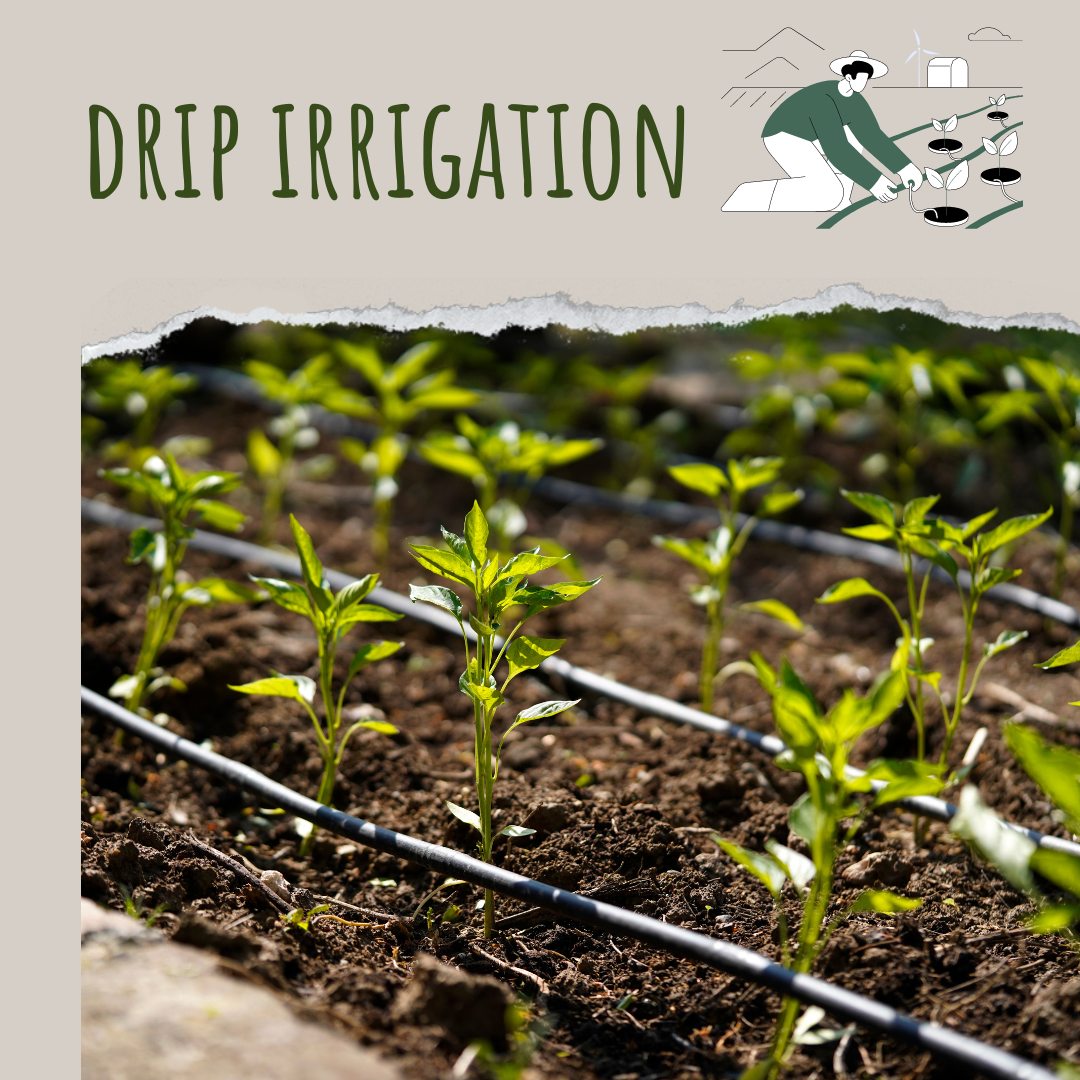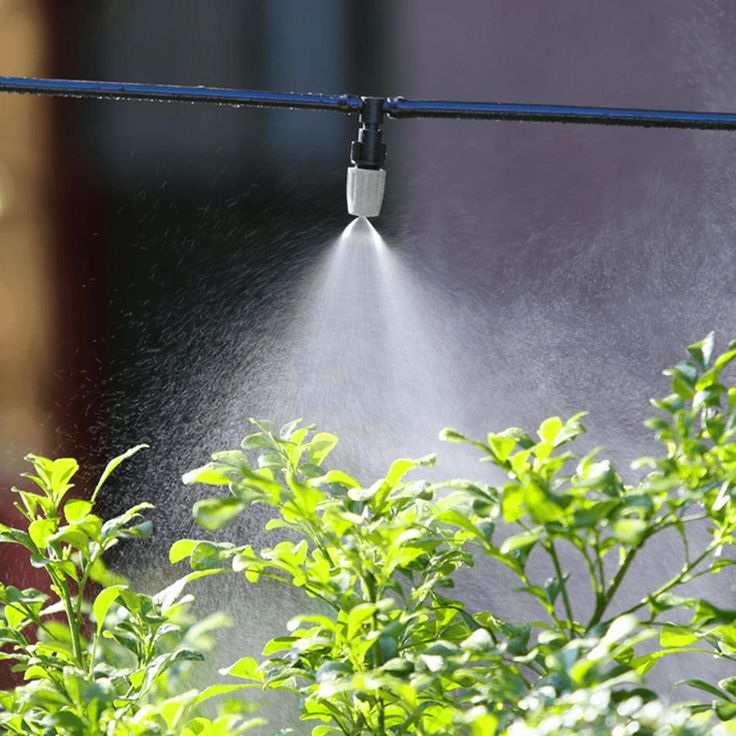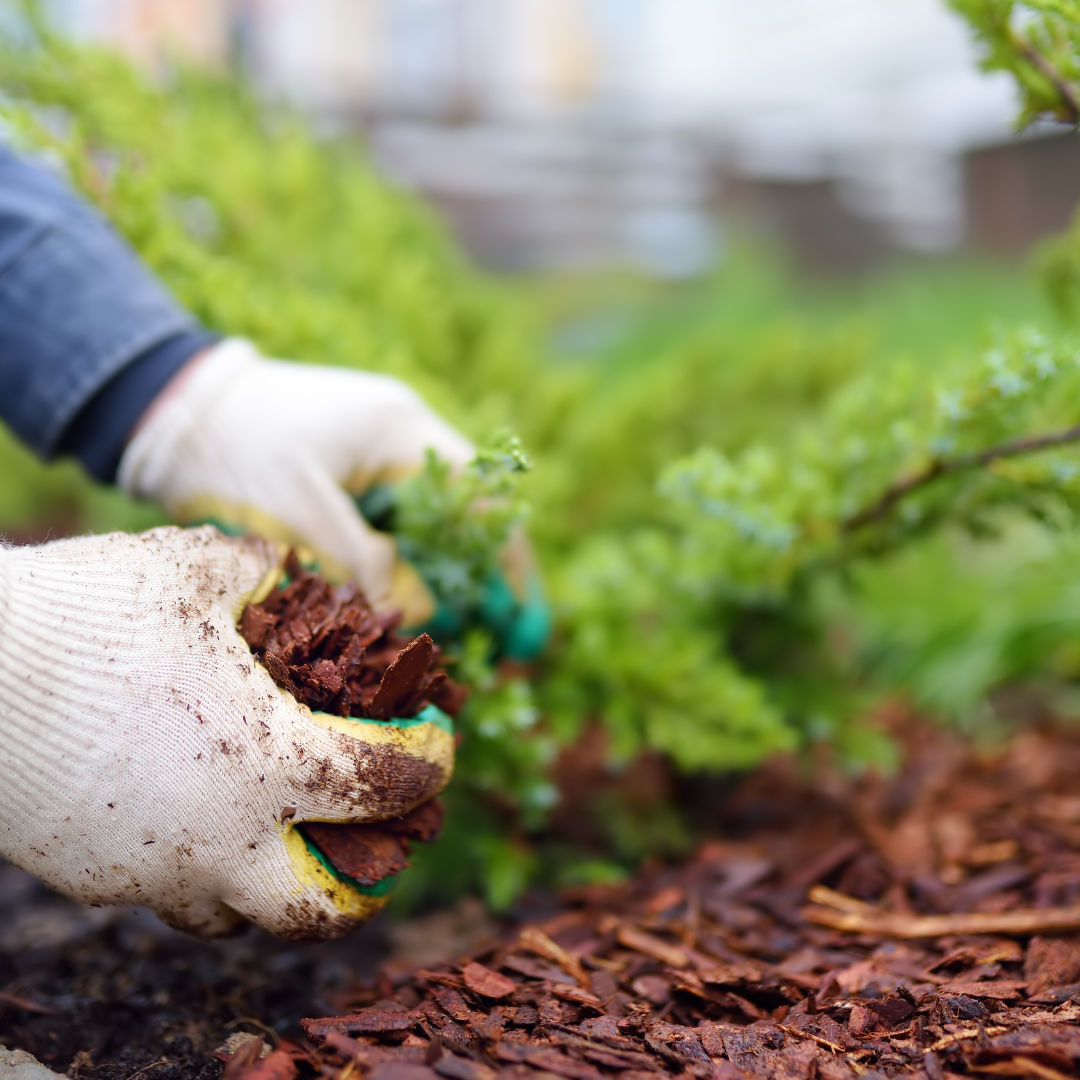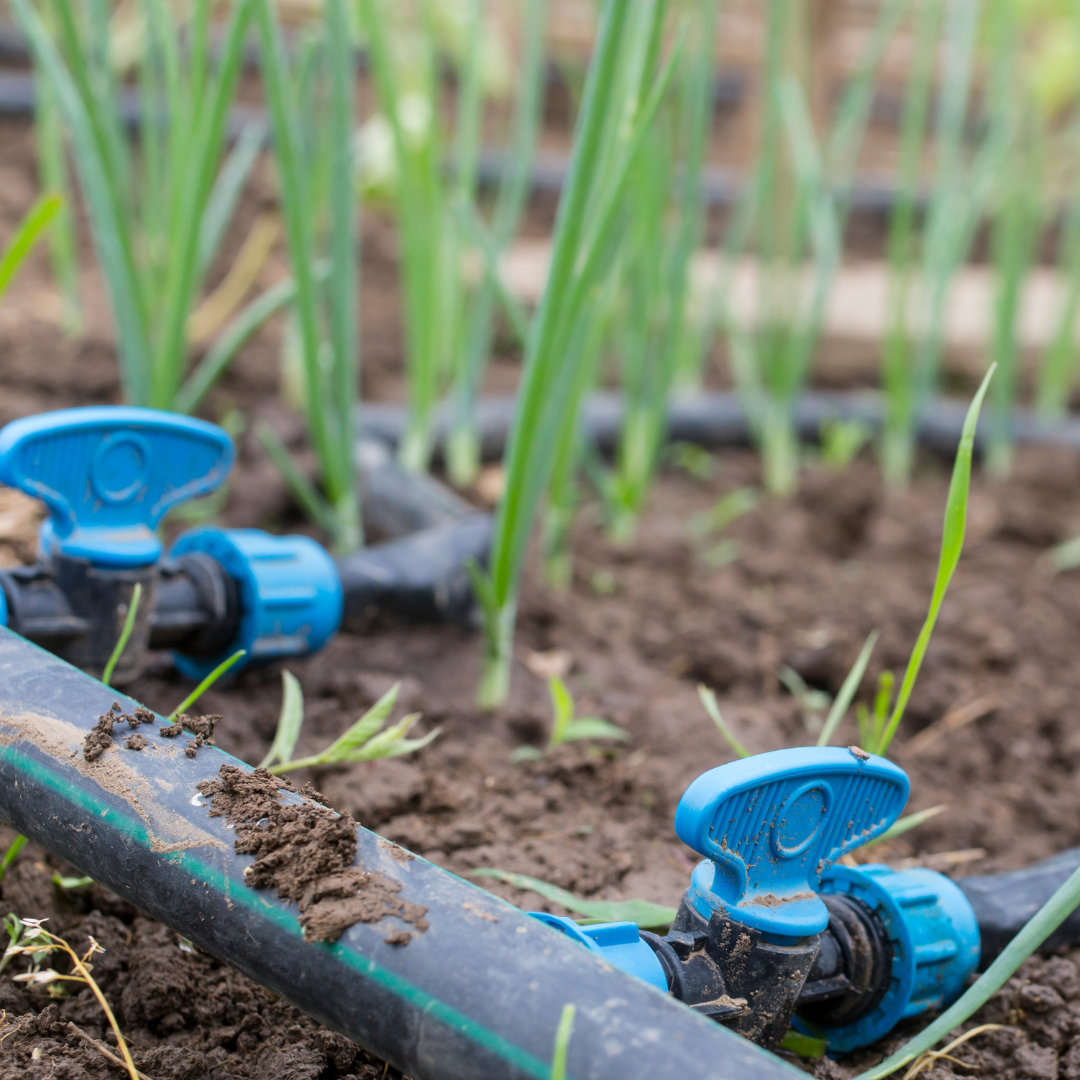Introduction
Water is one of the most crucial resources for farming. However, managing water resources effectively can be a challenge, especially for small farms. High water costs, inefficient usage, and water scarcity can all impact the success of a farm. This is where cost-effective irrigation techniques come into play.
By adopting affordable and efficient methods, small farmers can ensure that their crops get the right amount of water without breaking the bank.
In this article, we will explore various cost-effective irrigation techniques suitable for small farms, helping you make the most of your water resources while keeping costs low.
1. Drip Irrigation:
Drip irrigation is one of the most efficient and cost-effective irrigation methods available for small farms. This technique involves delivering water directly to the plant roots through a network of tubes, emitters, and valves.

The water is released slowly, ensuring that the soil around the roots remains consistently moist. This method is highly efficient as it minimizes water wastage by reducing evaporation and runoff.
Moreover, drip irrigation systems are relatively easy to install and can be customized to suit the layout of any farm. While the initial setup cost might seem high, the long-term savings in water and labor make it an excellent investment for small farmers.
Additionally, drip irrigation reduces the risk of overwatering, which can lead to root diseases and nutrient loss.
2. Sprinkler Systems:
Sprinkler systems are another popular irrigation method for small farms. These systems work by spraying water over the crops like rainfall. Sprinklers can be used to irrigate large areas or targeted sections, depending on the system’s design. One of the key advantages of sprinkler systems is their versatility.
They can be moved around the farm as needed, making them suitable for a variety of crops.

Sprinkler systems are also relatively affordable and easy to maintain. However, it’s important to note that they are more susceptible to water loss through evaporation, especially during hot and windy days. To minimize this, consider using sprinklers in the early morning or late evening when temperatures are cooler.
3. Furrow Irrigation:
Furrow irrigation is a traditional method that has been used for centuries. It involves creating small trenches, or furrows, along the crop rows and allowing water to flow through these channels. As the water travels along the furrows, it seeps into the soil, reaching the plant roots.

Furrow irrigation is a cost-effective option because it requires minimal equipment—just a simple system of channels. However, this method is best suited for crops that are planted in rows, such as vegetables and grains. One drawback of furrow irrigation is that it can lead to uneven water distribution if the furrows are not properly maintained. To improve efficiency, it’s important to level the land and ensure that the furrows are well-formed.
4. Rainwater Harvesting:
Rainwater harvesting is a sustainable and cost-effective way to manage water on small farms. This technique involves collecting and storing rainwater for later use in irrigation. By capturing rainwater, farmers can reduce their reliance on external water sources and lower their water bills.

There are various ways to harvest rainwater, from simple barrels placed under gutters to more sophisticated systems that can store thousands of gallons. The collected water can be used directly or filtered and treated if needed. While rainwater harvesting is particularly effective in regions with high rainfall, it can also be beneficial in areas with less frequent rains, provided that storage systems are large enough to hold water for dry periods.
5. Mulching:
Mulching is an easy and inexpensive way to conserve water in your fields. Mulch, such as straw, leaves, or compost, is spread over the soil surface to retain moisture, reduce evaporation, and suppress weeds. By keeping the soil cool and moist, mulching reduces the need for frequent watering.

This technique works well with almost any irrigation system and can be particularly beneficial for small farms. Mulching not only helps conserve water but also improves soil health by adding organic matter as it decomposes. This organic matter enriches the soil, making it more fertile and better able to retain moisture.
6. Scheduling Irrigation:
One of the most effective ways to manage water use on a small farm is to schedule irrigation. By watering crops at the right time of day, you can maximize the efficiency of your irrigation system. Early morning or late evening is usually the best time to irrigate because temperatures are cooler and evaporation rates are lower.

In addition to timing, it’s important to monitor weather conditions and adjust your irrigation schedule accordingly. For instance, if rain is forecasted, you can reduce or skip irrigation to prevent overwatering. Similarly, during hot, dry spells, you might need to increase the frequency of irrigation. By being mindful of these factors, you can ensure that your crops receive the right amount of water without wasting resources.
Conclusion
Cost-effective irrigation techniques are essential for the success of small farms. By implementing methods such as drip irrigation, sprinkler systems, furrow irrigation, rainwater harvesting, mulching, and smart irrigation scheduling, small farmers can optimize water use, reduce costs, and improve crop yields.
Moreover, incorporating water-saving devices can further enhance the efficiency of these practices. Each farm is unique, so it’s important to choose the techniques that best suit your specific needs and conditions.
With careful planning and the right approach, small farmers can achieve sustainable and productive farming while conserving one of our most precious resources: water.

Pingback: Low-Cost Techniques for Improving Crop Quality